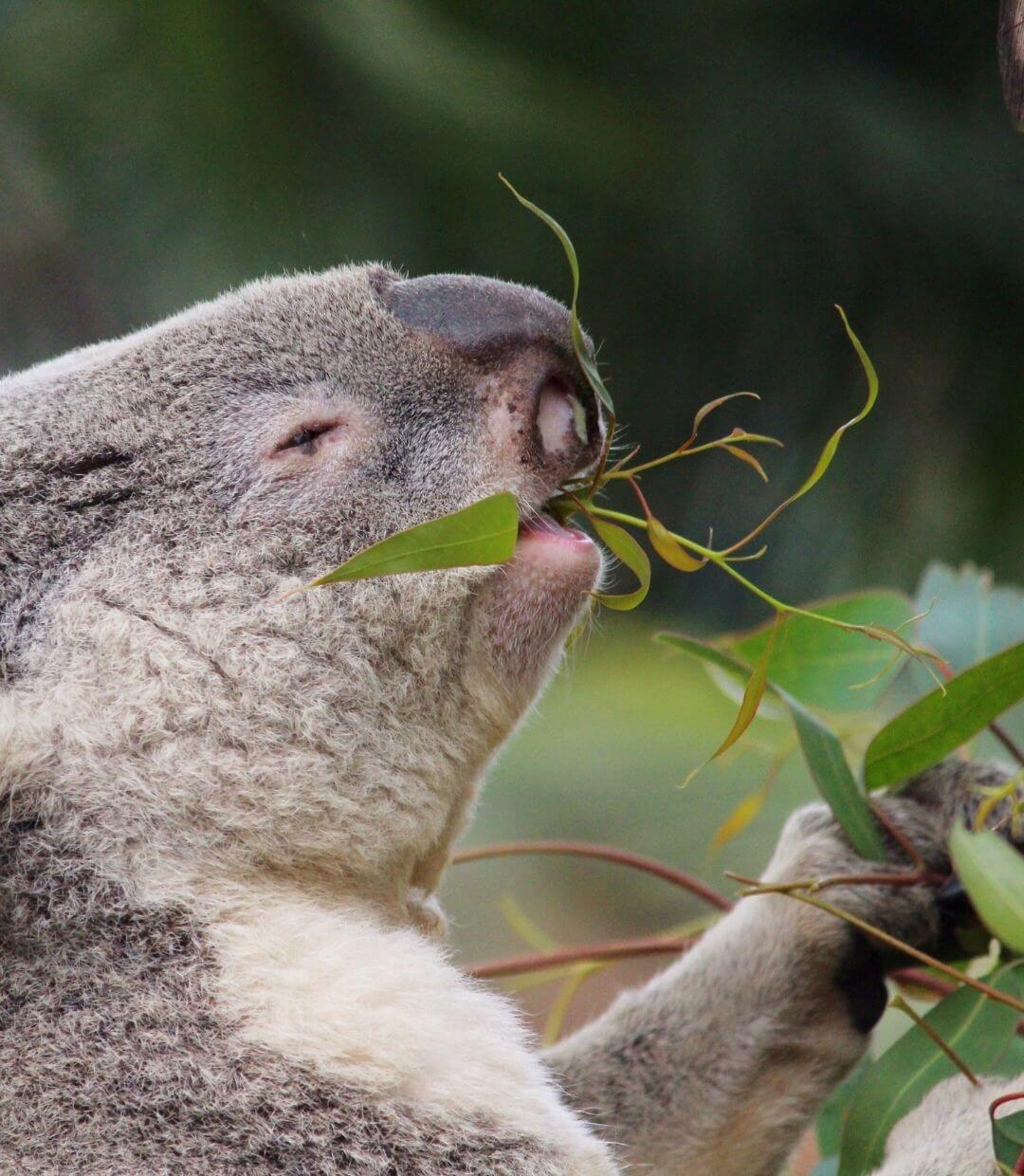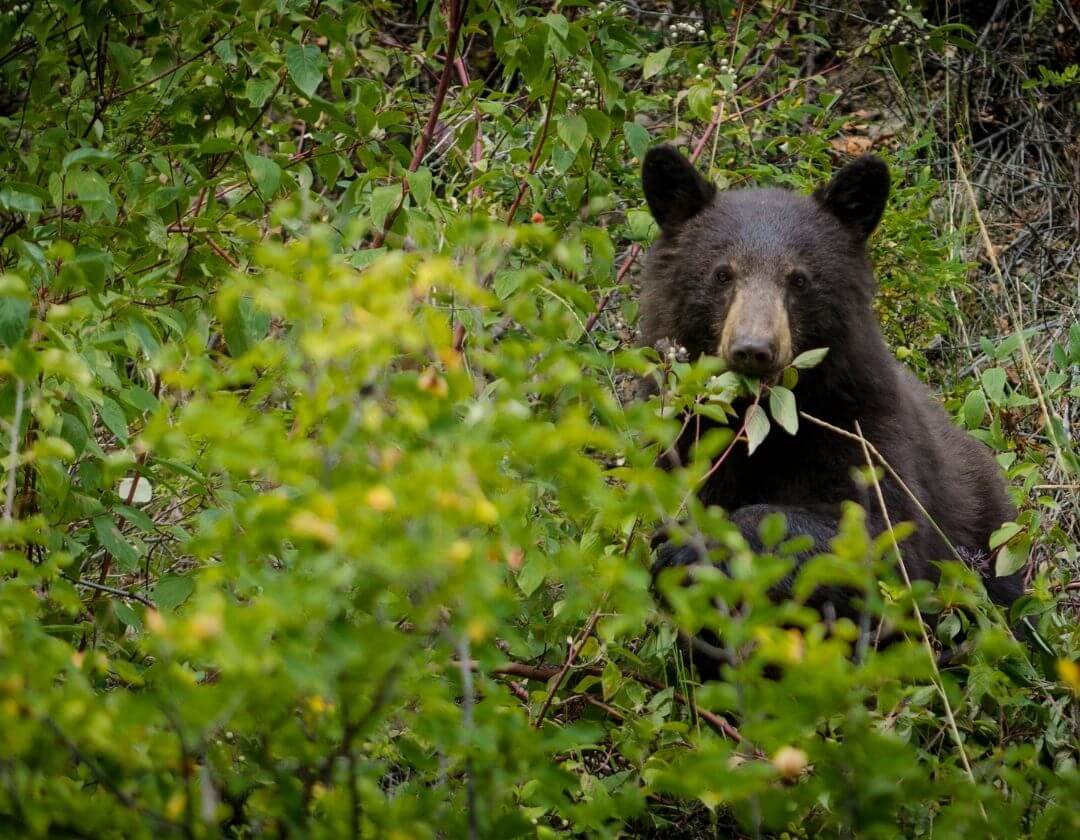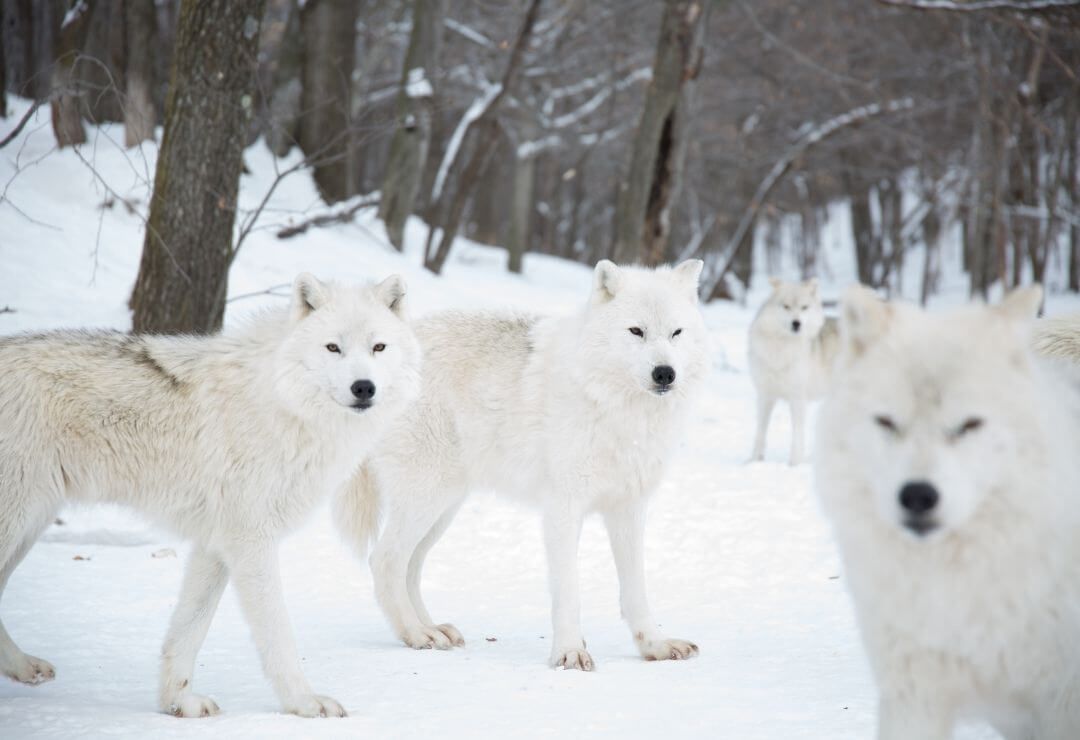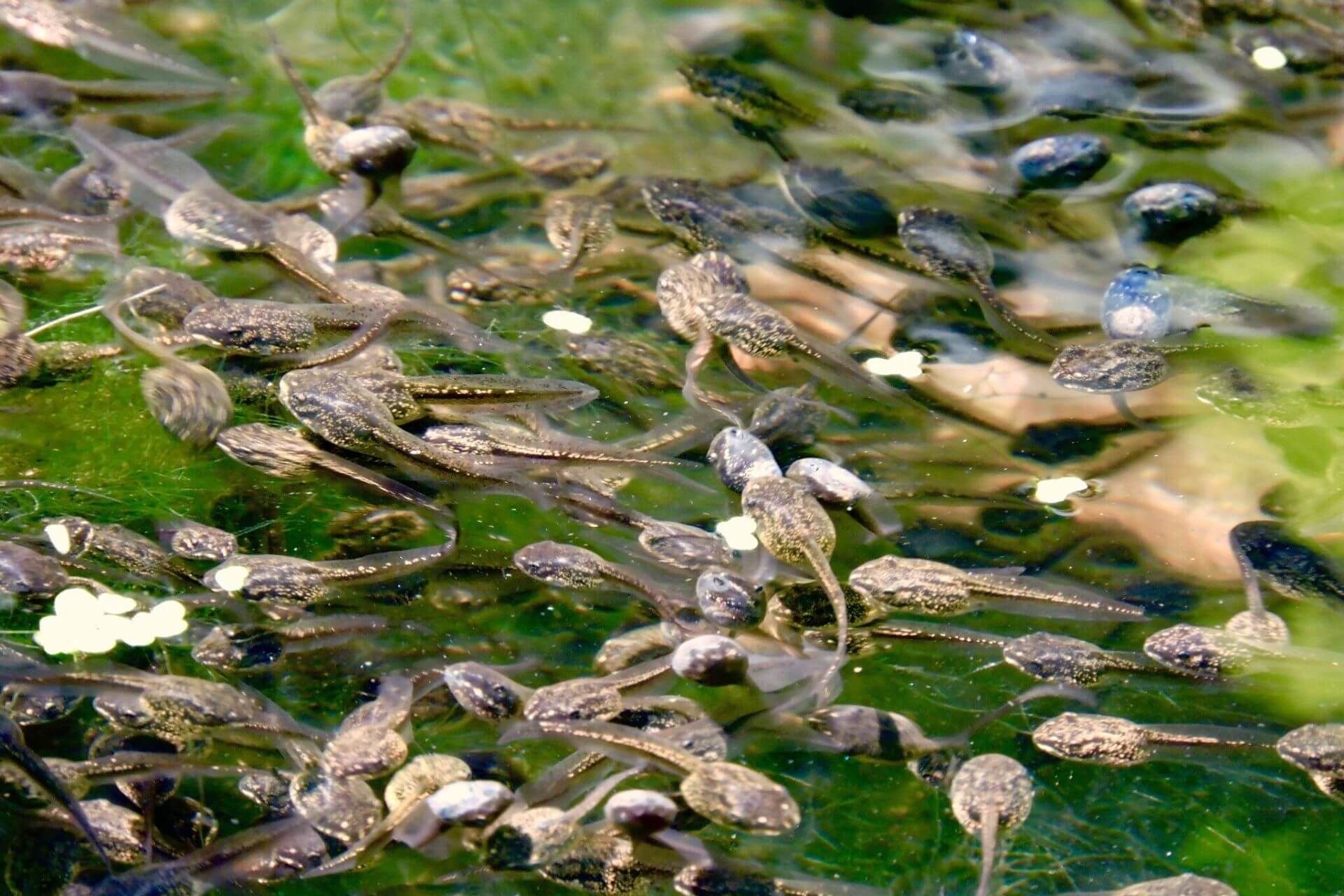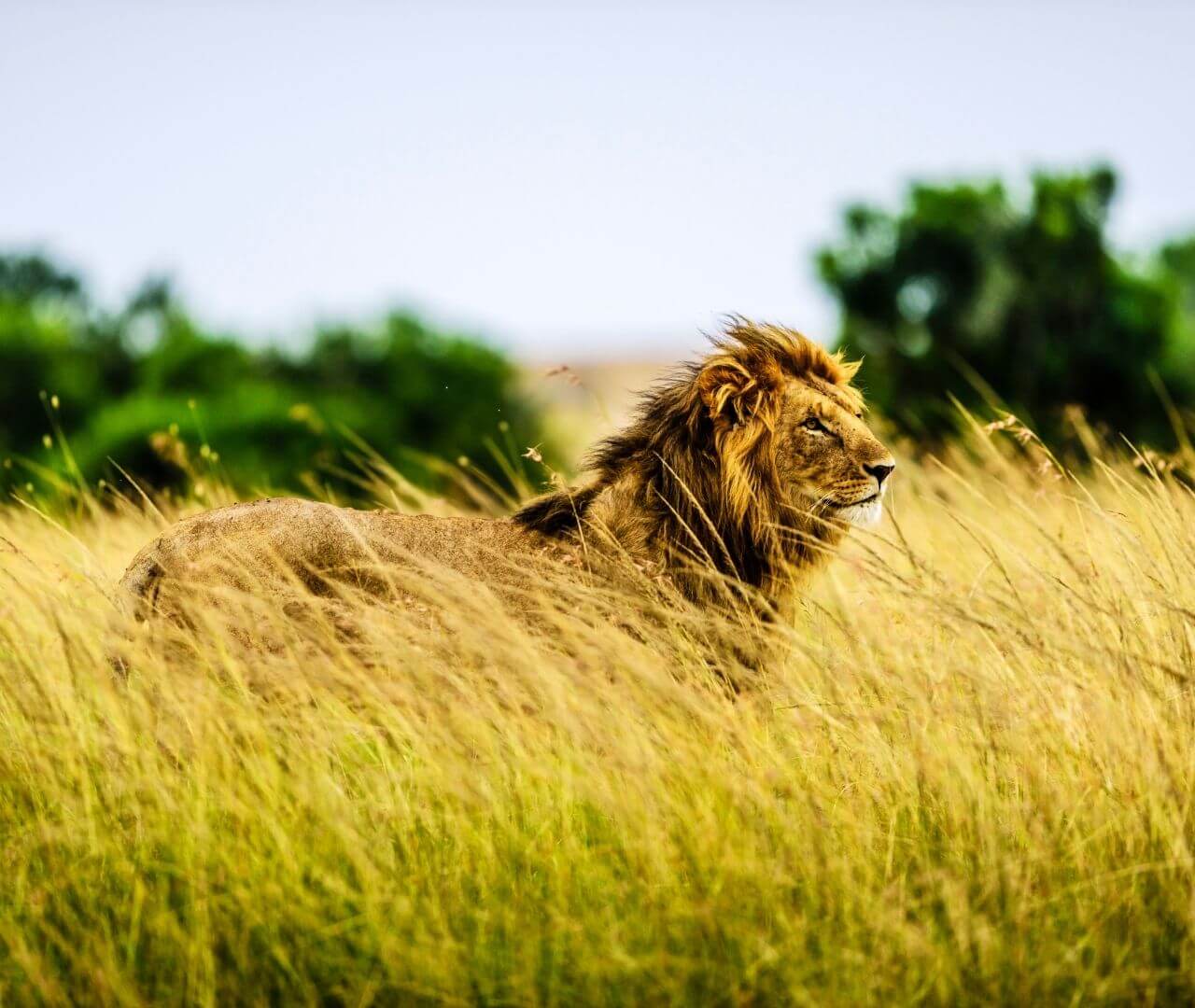Because of their superpower, plants are a very important part of their environment as they are commonly the foundation of food chains. A food chain represents how energy moves through an ecosystem. In other words, it shows who eats who to get the energy. Each organism in a food chain occupies a trophic level. A low trophic level means you are near the start of a food chain, like a plant or an animal that eats plants. A high trophic level means you are near the end of the food chain, like a large predator. The lowest trophic level is always occupied by plants, which we sometimes call autotrophs!
Because autotrophs can produce their own energy from the sun, they are also known as primary producers on the food chain. Primary producers are eaten by herbivores (plant-eaters). Animals that directly eat plants are called primary consumers. A flower being eaten by a little mouse is a classic example of a primary consumer eating a primary producer. Then you have carnivores that feed on herbivores, like a snake eating the mouse. Even though they occupy the third trophic level, we call them secondary consumers. The even stronger predators that feed on the secondary consumers are called tertiary consumers. This would be like a hawk swooping down and eating that snake! While trophic levels do continue past tertiary consumers, these four trophic levels commonly make up food chains.

